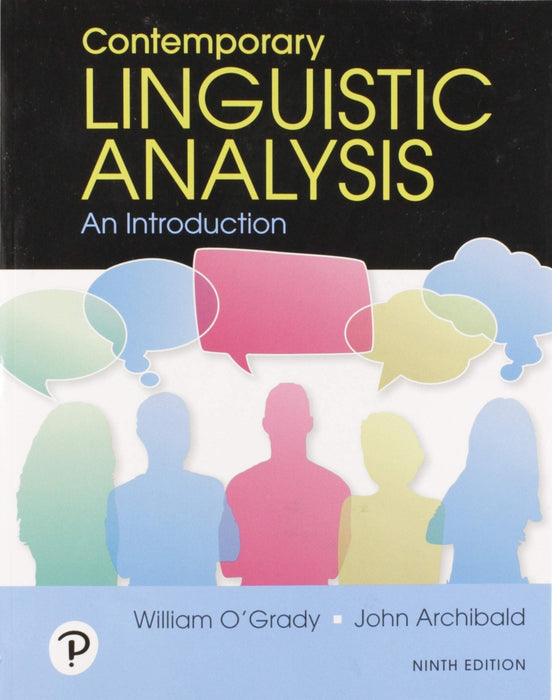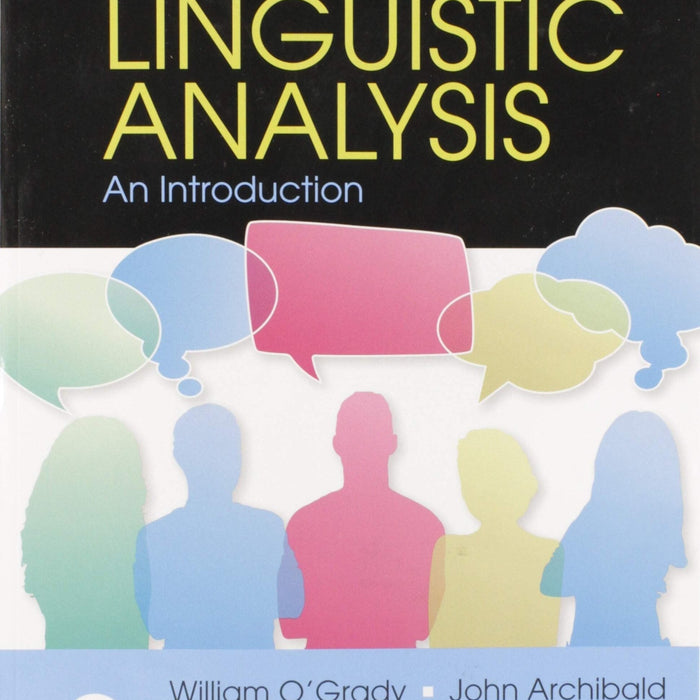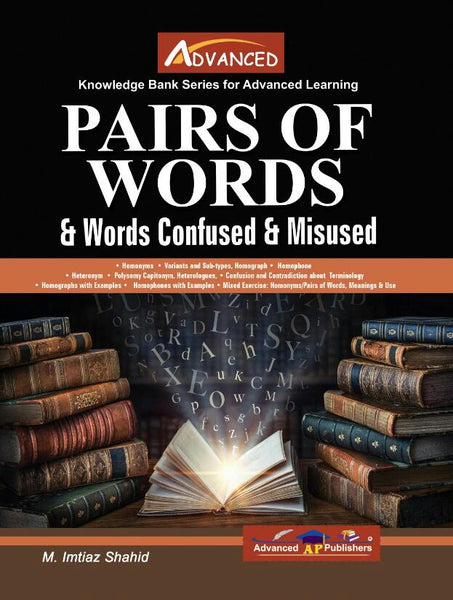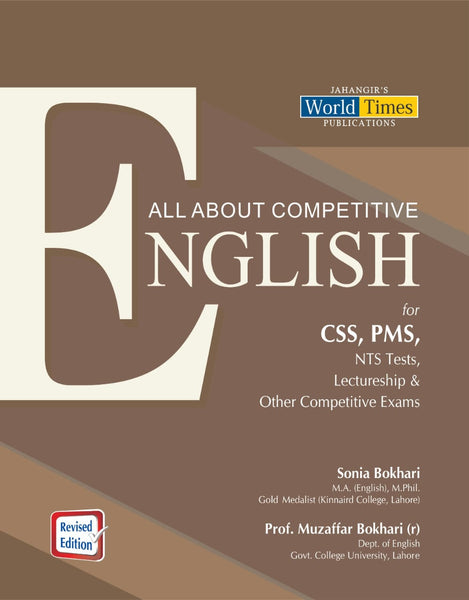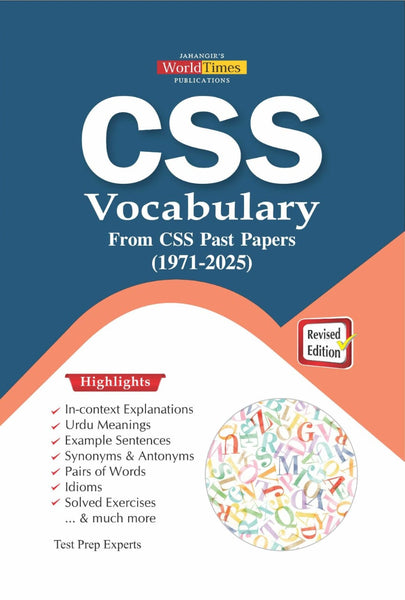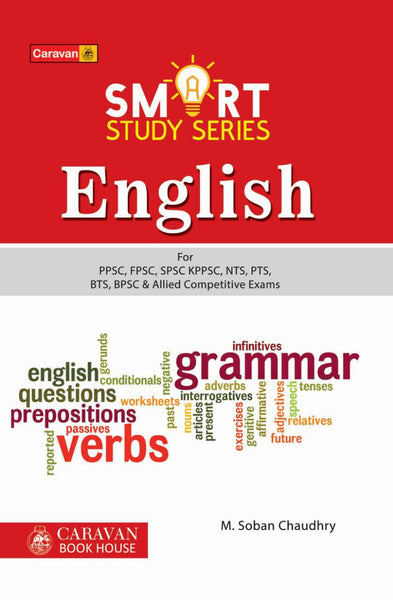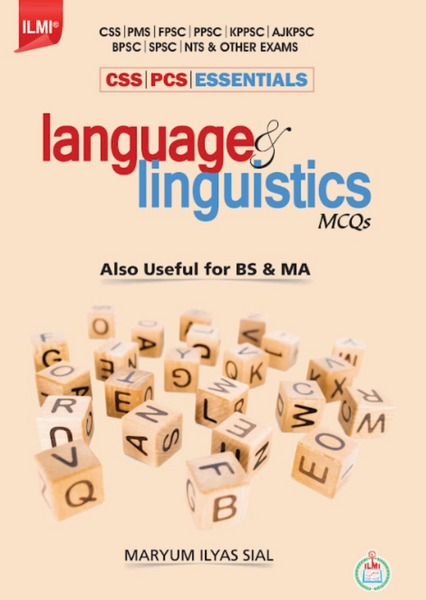Contemporary Linguistic Analysis An Introduction 9th Edition By William O Grady
- Publisher: ENGLISH LANGUAGE LITERATURE & SKILLS
- Availability: In Stock
- SKU: 49164 R1 0332
- Number of Pages: 618
Rs.1,390.00
Rs.1,750.00
Tags: best books , Best Selling Books , cognitive linguistics , comparative linguistics , computational linguistics , dialects , good books , historical analysis , historical linguistics , John Archibald , language acquisition , language attitudes , language contact , language disorders , language evolution , language families , language identity , language processing , language production , language variation , linguistic communication , linguistic knowledge , linguistic phenomena , linguistic theory , machine translation , morphology , natural language , phonology , pragmatics , sound change , speech recognition , William O'Grady
Contemporary Linguistic Analysis: An Introduction (9th Edition)
Author: William O'Grady
Binding: Paperback
Paper Quality: Black White Paper
Category: Linguistics / Language Studies / English Language
Recommended For: Students of linguistics, English language, TESOL, applied linguistics, and language educators seeking a comprehensive introduction to modern linguistic analysis.
Key Points:
1. Phonetics and Phonology 2. Morphology 3. Syntax 4. Semantics 5. Pragmatics 6. Sociolinguistics 7. Psycholinguistics 8. Language Acquisition 9. Computational Linguistics 10. Historical Linguistics
1. Phonetics and Phonology: The book explores the sounds of language, from their production and articulation (phonetics) to their organization and patterning in speech (phonology). It discusses topics such as articulatory phonetics, acoustic phonetics, and the phonological rules that govern sound patterns in different languages.
2. Morphology: Morphology deals with the structure of words and how they are formed. It examines morphemes, the smallest units of meaning, and their combinations to create complex words. The book covers topics like inflectional and derivational morphology, morphological processes, and the analysis of word structure.
3. Syntax: Syntax focuses on the arrangement of words and phrases to form sentences. The book explores syntactic categories, sentence structure, grammatical relations, and the principles that govern sentence formation in diverse languages. It also discusses syntactic theories and models of sentence analysis.
4. Semantics: Semantics investigates the meaning of words, phrases, and sentences. It explores how meaning is constructed and interpreted in linguistic expressions, covering topics such as lexical semantics, compositional semantics, and the relationship between language and reality.
5. Pragmatics: Pragmatics examines how language is used in context to convey meaning beyond the literal interpretation of words. It discusses speech acts, conversational implicature, presupposition, and other pragmatic phenomena that shape communication in social interactions.
6. Sociolinguistics: Sociolinguistics studies the relationship between language and society. It explores language variation, dialects, language attitudes, and the social factors that influence language use and identity.
7. Psycholinguistics: Psycholinguistics investigates the cognitive processes involved in language comprehension, production, and acquisition. It examines topics such as language processing, language disorders, and the mental representation of linguistic knowledge.
8. Language Acquisition: Language acquisition explores how individuals learn their first language and subsequent languages. The book discusses theories of language acquisition, critical periods for language learning, and the role of input and interaction in language development.
9. Computational Linguistics: Computational linguistics applies computational methods to the analysis and generation of natural language. It covers topics such as parsing, machine translation, speech recognition, and the use of corpora and algorithms in linguistic research.
10. Historical Linguistics: Historical linguistics investigates the evolution and change of languages over time. It explores language families, language contact, sound change, and the reconstruction of proto-languages through comparative and historical analysis.
Contemporary Linguistic Analysis, 9th Edition provides a comprehensive foundation in linguistic theory and analysis, making it an invaluable resource for students and researchers interested in understanding the structure, use, and evolution of language.
════ ⋆★⋆ ════
Writer ✤ William O Grady ,John Archibald

